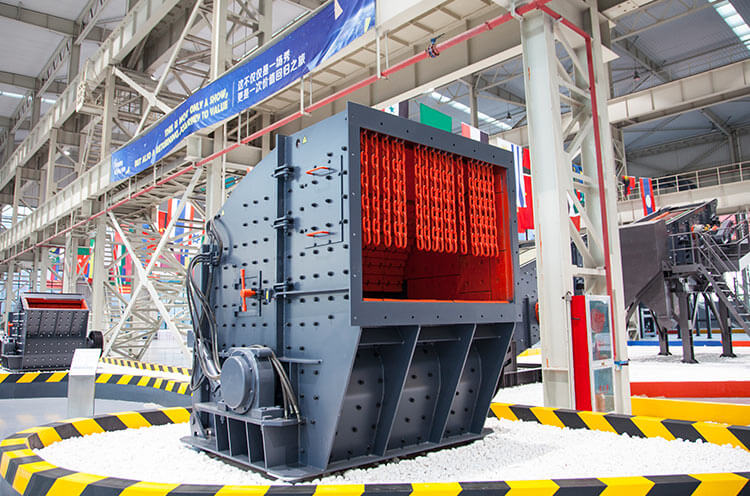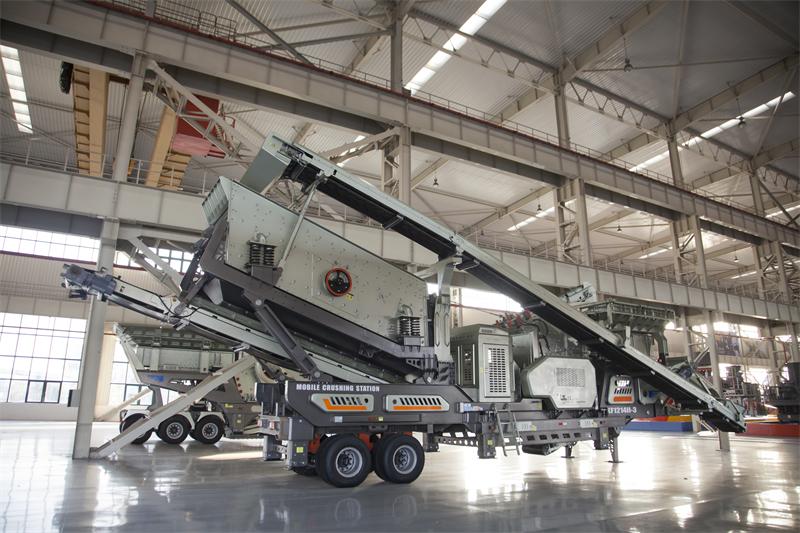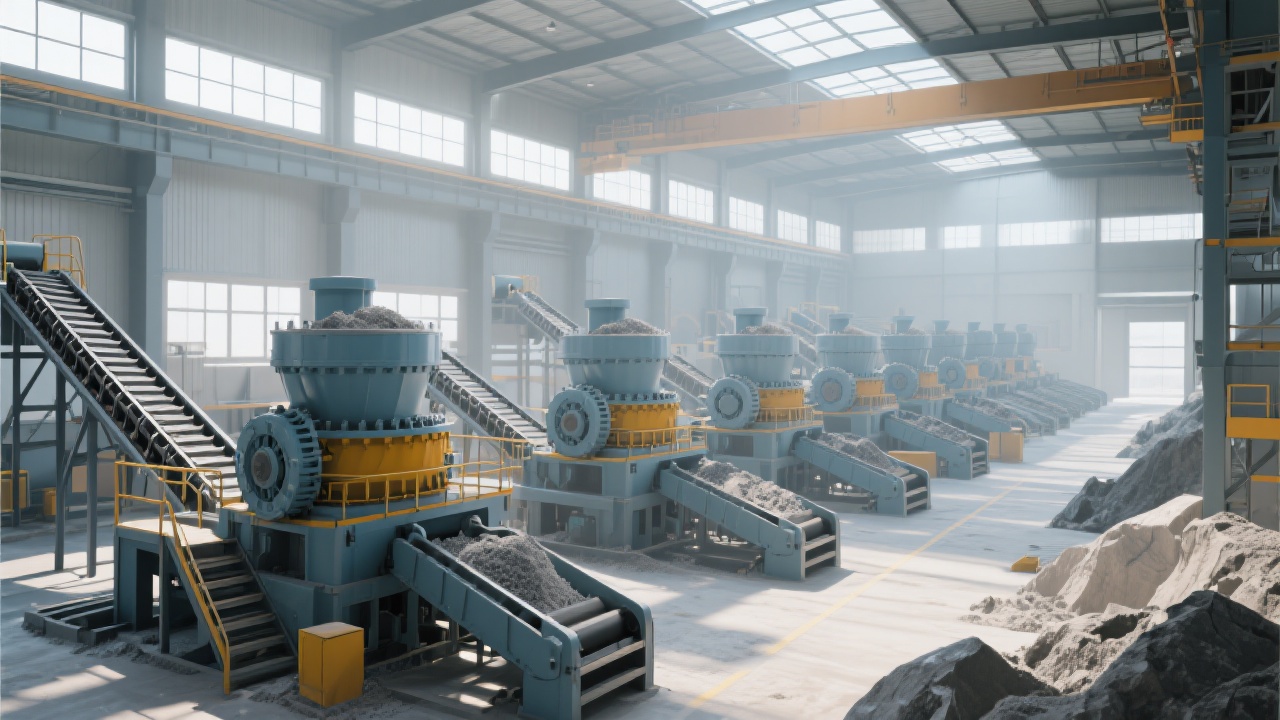Practical Guide to Rotor Speed Adjustment and Hammer Layout for Different Ore Hardness and Particle Sizes
2025-09-16
Tutorial Guide
Are you struggling with low efficiency in your impact crusher? This article delves deep into how the CI5X heavy - duty rotor design can significantly enhance the crushing ratio, reduce energy consumption, and minimize downtime failures by scientifically adjusting the rotor speed and hammer layout to suit different ore hardness and particle size conditions. With real - world mine cases and visual analogies of engineering principles, we'll guide you step - by - step to optimize operating parameters and achieve efficient, stable, and low - maintenance continuous production, ensuring that every ton of ore is used to its fullest potential.

Mastering Rotor Speed Adjustment and Hammer Layout for Impact Crushers
Are you struggling with low efficiency in your impact crusher? The secret to unlocking its full potential lies in the scientific adjustment of rotor speed and hammer layout. In this guide, we'll explore how the CI5X heavy - duty rotor design can significantly enhance crushing ratio, reduce energy consumption, and minimize downtime by adapting to different ore hardness and particle sizes.
The Core Influence of Rotor Structure on Crushing Efficiency
The structure of the rotor is the heart of an impact crusher. The distribution of mass, rotational inertia, and impact kinetic energy are closely related. A well - designed rotor can ensure that the crusher operates at its best. For example, a rotor with a balanced mass distribution can generate a stable impact force, which is crucial for efficient crushing.
Let's take a look at the relationship between these factors. The rotational inertia is directly proportional to the mass of the rotor and the square of the distance from the axis of rotation. A larger rotational inertia means more stored energy, which can be converted into greater impact kinetic energy during crushing. This kinetic energy is what breaks the ore into smaller pieces.

Speed Adjustment and Hammer Configuration Strategies
Different ore hardness and particle sizes require different rotor speeds and hammer configurations. Here are some practical suggestions:
- Soft Ore (e.g., limestone): For soft ores, a relatively lower rotor speed (around 600 - 800 RPM) can be used. The hammer configuration can be more evenly distributed to ensure a wide - range impact. This setup can achieve a good crushing effect with lower energy consumption.
- Medium - Hard Ore (e.g., granite): Increase the rotor speed to 800 - 1000 RPM. The hammers can be arranged in a more concentrated pattern to increase the impact force on the ore. This helps to break the medium - hard ore more effectively.
- Hard Ore (e.g., quartzite): A high rotor speed of 1000 - 1200 RPM is recommended. The hammers should be made of high - strength materials and arranged in a way that maximizes the impact on the hard ore particles.
- Coarse - Grained Ore: When dealing with coarse - grained ore, a higher rotor speed and a more aggressive hammer layout can help to break the large particles into smaller ones quickly.
- Fine - Grained Ore: For fine - grained ore, a slightly lower speed can be used to avoid over - crushing. The hammer layout should be adjusted to ensure a more uniform crushing effect.
Common Mistakes and Solutions
One of the most common mistakes is rotor imbalance. An imbalanced rotor can cause excessive vibration, which may lead to premature wear of components and even停机 (down - time). To avoid this, regular dynamic balance tests should be carried out. You can use a dynamic balancing machine to measure the imbalance and make necessary adjustments.
Another mistake is using the wrong hammer configuration for the ore type. This can result in low crushing efficiency and increased energy consumption. Always make sure to choose the appropriate hammer layout based on the ore hardness and particle size.

Practical Tips: Dynamic Balance Testing
Dynamic balance testing is a crucial step in ensuring the smooth operation of the crusher. Here's a simple guide on how to perform it:
- Stop the crusher and ensure it is completely powered off.
- Mount the dynamic balancing machine on the rotor shaft.
- Start the machine and let it measure the imbalance of the rotor.
- Based on the measurement results, add or remove weights from the rotor to achieve balance.
- Repeat the test until the imbalance is within the acceptable range.
Conclusion and Call to Action
By understanding the relationship between rotor structure, speed adjustment, and hammer layout, you can optimize the performance of your impact crusher. This will help you achieve the goal of truly efficient, energy - saving, and low - maintenance continuous production.
Download our自检清单 (self - inspection checklist) to ensure you're on the right track. Click here to download now!




